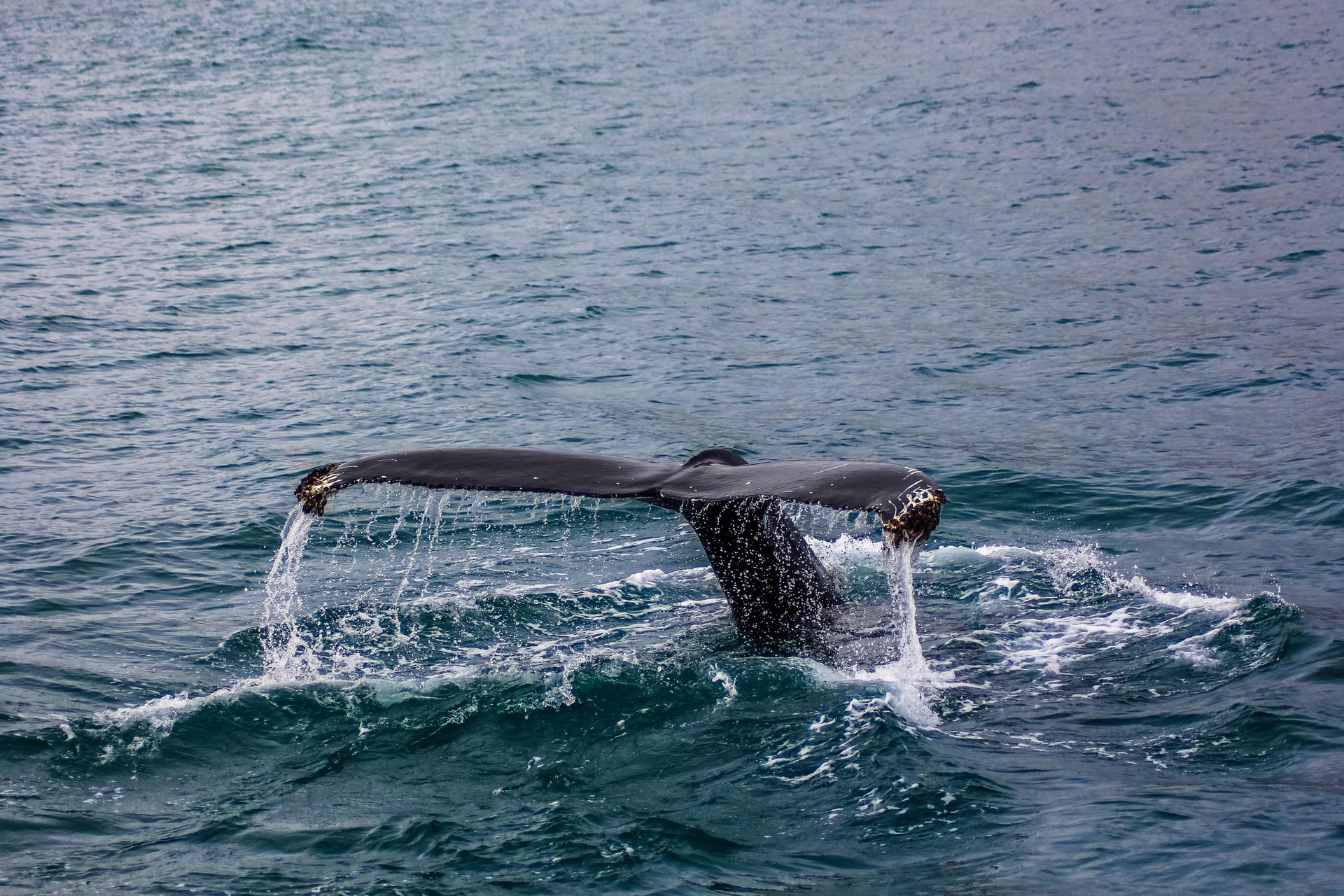Whale watching in Iceland takes place from May to September, and you can see plenty of different types of whales during your trip, such as fin whales, blue whales, sperm whales, minke whales, orcas, pilot whales, and humpback whales. Here are the best places to go for a whale watching tour in Iceland during the summer months.
The Best Places to Go Whale Watching in Iceland
Things to know before going
The best times to go whale watching are from mid-May until mid-June and from late August until early September. The Humpback Whale migration has its peak between June and September, while that of Minke whales is a bit later, from July to September. Grey whales aren’t often seen in Icelandic waters. Whales come here primarily for food – but also because they are calving their calves or going through their mating season.
Also Read :- Janhvi Kapoor looks regal in THIS Manish Malhotra outfit, shares VIDEO
The best place to go
This is one of those topics that can be argued all day long and there's no clear cut answer. The best place to go whale watching will be different for everyone depending on factors like budget, your sailing skills, and how much time you want to spend away from Reykjavik. But if you would love nothing more than to sit down with a hot drink by a cosy fire while listening to them blow their spouts in perfect unison then one great place you might want to consider going to is the The Faxi Waterfall. It is in a prime location right next to Hvalfjörður bay, which makes it an ideal spot for whale spotting.
It’s also extremely easy to get to as well since it’s only a 20 minute drive from downtown Reykjavík which means you’ll have plenty of time left over after exploring nature before heading back into town for dinner. More places you can visit While you are out on a whale watching trip, keep your eyes peeled for more than just whales.
There are several more land and sea creatures that you can see while visiting Iceland—and they are easily seen as well. Seals and sea birds are often spotted swimming alongside your tour boat and there are also roaming reindeer on shore. For example, take a look atJökulsárlón, which translates to Glacier Lagoon. This lagoon sits right along Route 1 between Höfn and Vík and is filled with glacial silt that freezes over when it’s cold enough.
The silt has been maintained in recent years despite global warming due to a Blue Blob that cools surrounding water. The frozen surface allows visitors easy access onto its icy surface
where they can spot seals sunbathing on icebergs during their seasonal migration from October through April.
Also Read :- Karisma Kapoor flaunts her charismatic figure, PICS
How much does it cost?
The cost of whale watching depends on where you’re doing it and which tour operator you choose. Expect prices to range between $55 and $95 per person. You can save money bygoing on a less-expensive tour or by staying at a hostel, hotel, or guesthouse that offers free tours as part of your stay. If you go out with a company such as Reykjavik Excursions, however, expect prices closer to those at the higher end of that range. Some companies will be more expensive than others depending on how far they have to travel and whether they have multiple vessels going out at once—so comparing prices can save you some cash.
Tips for making the most of your trip
While whale watching, it’s best to pay attention to your boat captain and crew. The more you listen, observe, and interact with them, the more likely you are to see a whale. Just remember: While on board, make sure that your behaviour is respectful toward wildlife. Even if you’re a little upset about how slow your day has been (you didn’t see any whales) or how long it took for you to get there, keep these thoughts and feelings to yourself—you don’t want anyone else around you influencing how their day goes. Stay positive and appreciative of what Mother Nature has in store for you.













